Introduction
Stir-fried mutton rolls, or bào chǎo yáng ròu juǎn in Mandarin, are a culinary masterpiece that embodies the boldness and precision of Chinese cooking. This dish, characterized by its sizzling preparation, tender meat, and vibrant blend of aromatics, has captivated taste buds across Asia and beyond. Rooted in tradition yet adaptable to modern palates, it offers a harmonious balance of umami, spice, and texture. Whether enjoyed in a bustling Beijing night market or a suburban kitchen, stir-fried mutton rolls are a testament to the art of wok cooking—a technique that transforms simple ingredients into a symphony of flavor. This article explores the history, ingredients, preparation, and cultural significance of this iconic dish, offering insights into why it remains a beloved staple in global cuisine.
A Brief History of Stir-Fried Mutton Rolls
The origins of stir-fried mutton rolls can be traced back to China’s northern regions, where harsh winters and nomadic traditions shaped a cuisine reliant on hearty, protein-rich meals. Mutton, a staple of Mongolian and Hui ethnic groups, became a cornerstone of dishes designed to withstand freezing temperatures. The technique of stir-frying, or chǎo, emerged during the Han Dynasty (206 BCE–220 CE) as a rapid cooking method to preserve ingredients’ freshness and nutrients. Over centuries, it evolved into a hallmark of Chinese gastronomy, with regional variations reflecting local produce and cultural exchanges.
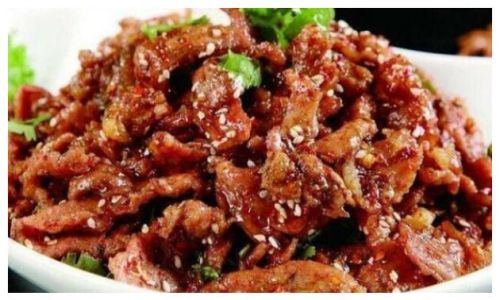
The term bào chǎo—literally “explosive stir-fry”—captures the dish’s dynamic cooking process, where ingredients are tossed in a searing-hot wok over open flames. This method sears the meat, locking in juices while caramelizing surfaces for depth of flavor. Mutton rolls, specifically, gained prominence in areas like Xinjiang and Inner Mongolia, where lamb and mutton are abundant. Here, the dish often incorporates cumin, chili, and garlic, reflecting the region’s Silk Road influences and fusion of Han, Uyghur, and Central Asian flavors.
Key Ingredients and Their Roles
Creating the perfect stir-fried mutton rolls hinges on selecting quality ingredients and understanding their synergies. Each component plays a distinct role in building the dish’s complexity:
- Mutton: The star ingredient, typically from the leg or shoulder, is sliced paper-thin to ensure rapid cooking. Marbling adds richness, while proper slicing against the grain guarantees tenderness.
- Aromatics: Garlic, ginger, and scallions form the flavor foundation. Garlic provides pungency, ginger imparts warmth, and scallions contribute a fresh, grassy note.
- Vegetables: Onions, bell peppers, and celery offer crunch and sweetness. Some recipes incorporate leafy greens like bok choy for balance.
- Sauces and Spices: Soy sauce, oyster sauce, and Shaoxing wine add umami and depth. Cumin, chili flakes, and Sichuan peppercorns introduce heat and numbing sensations.
- Starch: Cornstarch, used in marinades, tenderizes the meat and creates a velvety texture.
- Oil: Peanut or vegetable oil with a high smoke point ensures even cooking without bitterness.
Mastering the Preparation: Step-by-Step Guide
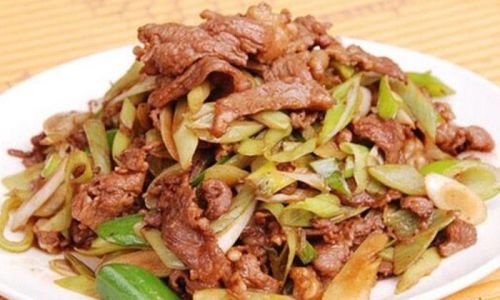
Marinating the Mutton
The key to tender, flavorful mutton lies in marination. Combine sliced meat with a mixture of soy sauce, Shaoxing wine, cornstarch, and a touch of baking soda (to tenderize). Let it rest for 20–30 minutes, allowing the meat to absorb the seasonings. This step also helps the mutton retain moisture during high-heat cooking.
Preparing the Aromatics and Vegetables
Julienne garlic, ginger, and scallions. Slice onions and bell peppers into uniform strips for even cooking. Some chefs add dried chili peppers or cumin seeds at this stage to infuse the oil with aromatic oils.
The Wok Technique
Heat the wok over high flame until smoking. Add oil, swirl to coat, then toss in the aromatics. The intense heat caramelizes the garlic and ginger, releasing their fragrance. Immediately add the mutton, spreading it in a single layer to sear. Avoid overcrowding the wok, as this lowers the temperature and steams the meat instead of frying it.
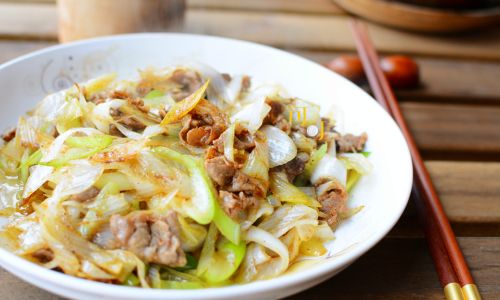
Stir-Frying and Seasoning
Toss the mutton vigorously for 1–2 minutes until browned. Add vegetables and continue stirring. Pour in the sauce mixture (soy sauce, oyster sauce, and a splash of water or broth) to deglaze the wok, scraping up any caramelized bits. The sauce reduces quickly, clinging to the ingredients.
Finishing Touches
For an authentic touch, sprinkle white pepper and a dash of sesame oil before serving. Garnish with fresh cilantro or sliced scallions. Some recipes call for a final drizzle of chili oil for extra heat.
The Cultural Tapestry of Stir-Fried Mutton Rolls
Beyond the kitchen, stir-fried mutton rolls hold cultural resonance. In northern China, they are a winter staple, often paired with hand-pulled noodles or steamed buns. During festivals like Chinese New Year, the dish symbolizes prosperity, as the rolling motion of the wok mirrors the flow of good fortune.
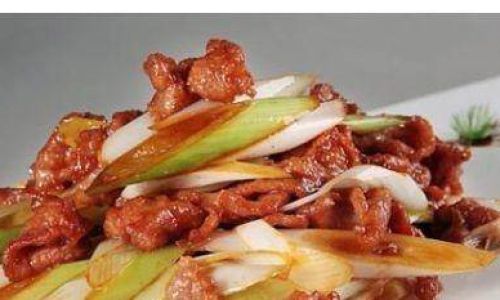
The dish also reflects China’s culinary diversity. In Xinjiang, mutton rolls are heavily spiced with cumin and chili, reflecting Uyghur influences. In contrast, southern iterations might use lighter soy sauce bases and add vegetables like bamboo shoots. Street vendors in cities like Chengdu and Shanghai have elevated the dish into fast-food iconography, serving it in paper containers with toothpick skewers.
Health and Nutritional Benefits
While stir-fried mutton rolls are indulgent, they offer nutritional value when prepared mindfully. Mutton is rich in protein, iron, and vitamin B12, supporting muscle health and immunity. The dish’s vegetables provide fiber and antioxidants, while stir-frying minimizes oil absorption compared to deep-frying. To reduce sodium, opt for low-sodium soy sauce or limit added salt. For a lighter version, use lean mutton and increase vegetable ratios.
Creative Variations and Modern Adaptations
Chefs and home cooks worldwide have reimagined stir-fried mutton rolls, blending traditions with innovation:
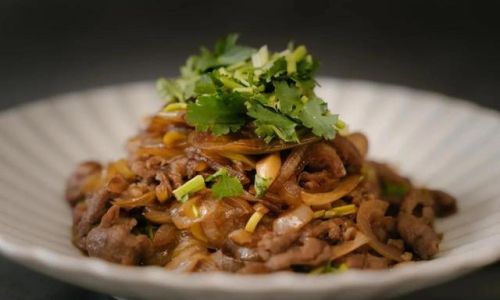
- Fusion Twists: Some restaurants serve the dish in tacos or lettuce wraps, pairing it with avocado or kimchi.
- Vegetarian Alternatives: Mushrooms, seitan, or tofu substitutes cater to plant-based diets, marinated in similar spices for depth.
- Global Spices: Harissa, za’atar, or smoked paprika replace traditional spices, appealing to adventurous palates.
- Low-Carb Versions: Cauliflower rice or shirataki noodles replace starch, maintaining the dish’s essence without guilt.
Conclusion: The Enduring Allure of Stir-Fried Mutton Rolls
Stir-fried mutton rolls are more than a meal—they are a celebration of culinary craftsmanship. From the sizzle of the wok to the interplay of spices, each bite tells a story of tradition, adaptation, and joy. Whether enjoyed in a humble home kitchen or a Michelin-starred restaurant, this dish invites diners to savor the magic of high-heat cooking and the warmth of shared culture. As chefs continue to innovate, one thing remains certain: the timeless appeal of stir-fried mutton rolls will endure, one sizzling plate at a time.
Final Thoughts for the Home Cook
Mastering stir-fried mutton rolls requires practice, but the rewards are immense. Invest in a quality wok, embrace high heat, and don’t fear the occasional char—it adds depth. Experiment with spices, adjust heat levels, and most importantly, share the dish with loved ones. After all, food is not just sustenance; it’s a language of love, and stir-fried mutton rolls speak volumes.
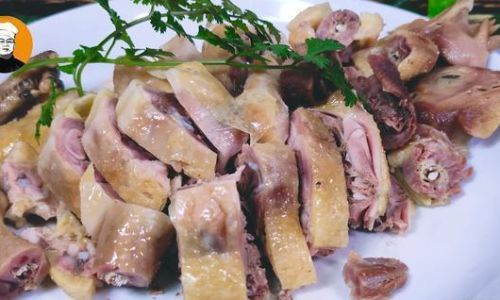
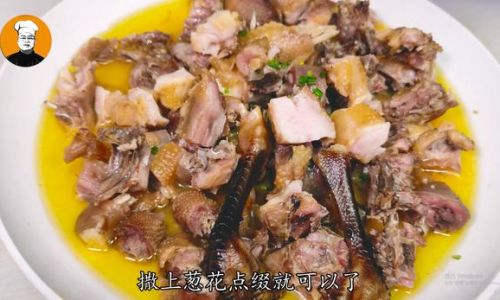
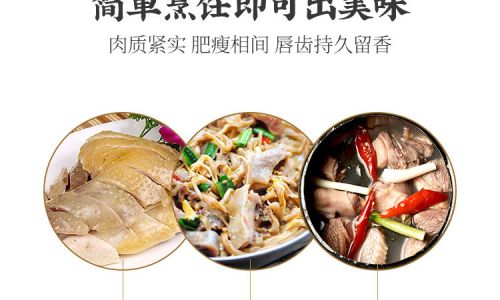
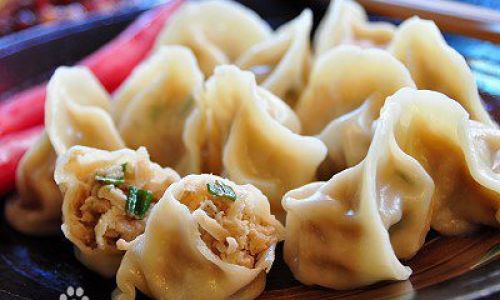
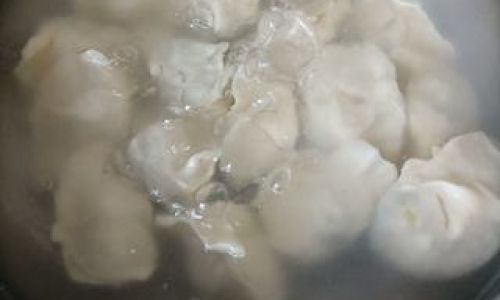
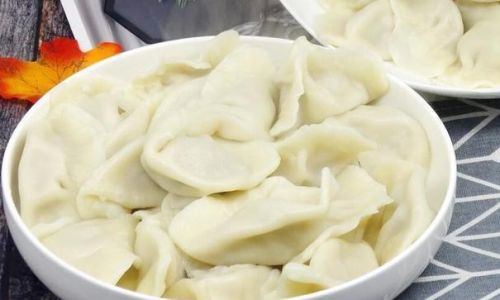
0 comments